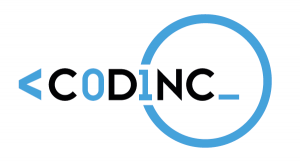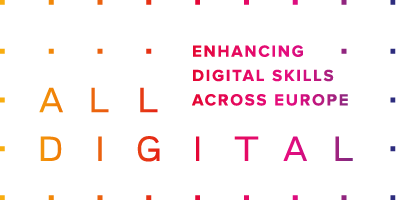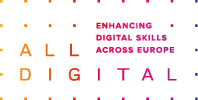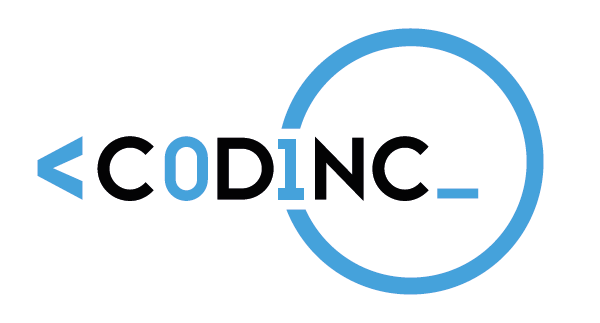01 Nov #CodincEU – applying computational thinking and programming for inclusion
01 Nov, 2018
 The #CodincEU (Coding for Inclusion, Erasmus+ KA3 project) encompasses a peer-to-peer learning methodology wherein elder school students teach their younger peers – children in elementary schools STEAM education and coding in a fun and playful way.
The #CodincEU (Coding for Inclusion, Erasmus+ KA3 project) encompasses a peer-to-peer learning methodology wherein elder school students teach their younger peers – children in elementary schools STEAM education and coding in a fun and playful way.
#CodincEU is based on a best practice that is ongoing in Brussels organised by project partner MAKS. The programme Capital Digital is implemented primarily in disadvantaged areas of Brussels, areas where average family household incomes are below average or even below the poverty line, and where levels of education and basic literacy are low. Maks has been working in these areas for decades stimulating locals to develop their talents and competences. Maks designs innovative methods to encourage everyone from the young to the old of all backgrounds and capabilities to enrich their digital skills.
Capital Digital is the programme primarily targeting two cohorts of young people but also engages wider stakeholders, such as schools. Capital Digital trains high school students in their late teens to become e-facilitators for their younger peers. For the students the chance to teach their peers positions them as facilitators and also lets them get their first work experience, both of which raise their confidence when pursuing a career after their studies.
 The Codinc methodology and toolkit look to take the good practice of Capital Digital and apply it to schools. This means the Capital Digital curriculum will take place with the support and supervision of teachers and the school. Consideration in the methodology was thus placed to planning when the modules can take place in context of a structured school day for the students and the pupils. The methodology also made considerations into getting support from schools to allow trainers to come in and teach students and also allow younger students to come into classrooms and teach children. This is done by including modules in the training to learn rules and have an orderly classroom in a fun and playful way that is conducive to computational thinking.
The Codinc methodology and toolkit look to take the good practice of Capital Digital and apply it to schools. This means the Capital Digital curriculum will take place with the support and supervision of teachers and the school. Consideration in the methodology was thus placed to planning when the modules can take place in context of a structured school day for the students and the pupils. The methodology also made considerations into getting support from schools to allow trainers to come in and teach students and also allow younger students to come into classrooms and teach children. This is done by including modules in the training to learn rules and have an orderly classroom in a fun and playful way that is conducive to computational thinking.
The methodology of #CodincEU allows coding to be taught not merely by teaching the practice of making a computer or digital devices do something through a sequence of instructions with code, that is computer programming, but develop a fundamental skill available to anyonem which helps break down complex problems so they can be solved by a computer or a human, which is computational thinking.
While the coding for inclusion methodology does teach coding, a number of modules are done without screens. This encourages the students and children to take a new approach to problem solving and use that skill to develop new skills in a means conducive to life-long-learning. The language of code takes on a soft skill in computational thinking to a hard skill that is practical code to become a basis of communication, dialogue and becomes a vehicle for inclusion.
The tookit for Codinc offers examples and modules of how to facilitate teaching computational thinking and programming. The Codinc website will offer a crowdsourced database of exercises which offers options to users when adapting the methodology and toolkit to local circumstances.








